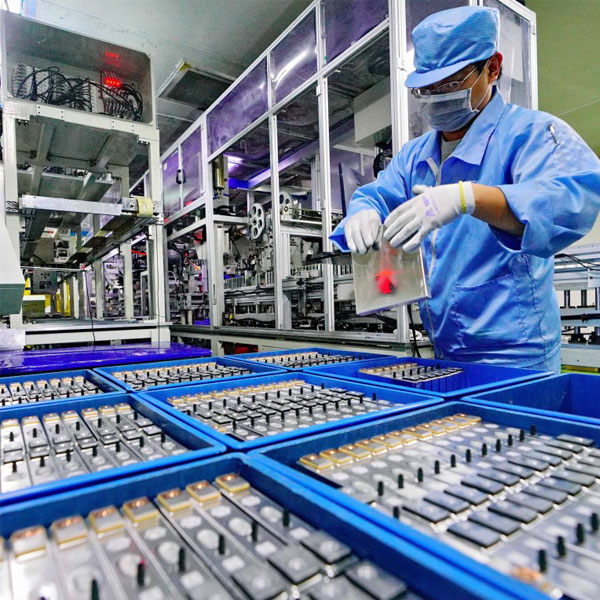Compared to other battery technologies, lithium polymer (also known as polymer lithium ion or LiPo) is relatively new on the market. The lithium polymer battery was developed in 1996 after a patent application for the technology was filed in early 1994 (patent number 5645960). Although nickel-metal hydride technology has been popular with consumers for several years, lithium polymers are only now reaching their full potential.
Lithium polymers have not only gained a foothold in the mobile and mobile phone industry, but have also quickly gained an excellent reputation in the fields of electric RC airplane models and RC electric cars. Due to the battery's ability to generate very high currents over a long period of time, its market share has increased by almost 7% in the last 12 months, despite the relatively high cost of not only buying cells but also using chargers and connected devices. is the necessary controller. for you to use.

The main disadvantage of LiPo batteries is a controlled environment which is required to charge these batteries safely. Unlike NiMh, which can be charged at 0.1 ° C (i.e. 10 percent of its capacity per hour) without risk of overcharging or explosion, LiPo batteries require constant monitoring of charger temperature, current and voltage to reach full capacity while remaining safe.
While most new laptops continue to be built with built-in lithium-ion technology, experts estimate that lithium-polymer will control about 15% of the laptop battery market in the next 24 months. The reason lithium polymer doesn't absorb faster in laptops is because laptops require significant design changes to remove heat from the battery compartment, because even increasing it a few degrees will significantly decrease the life of the lithium polymer battery.